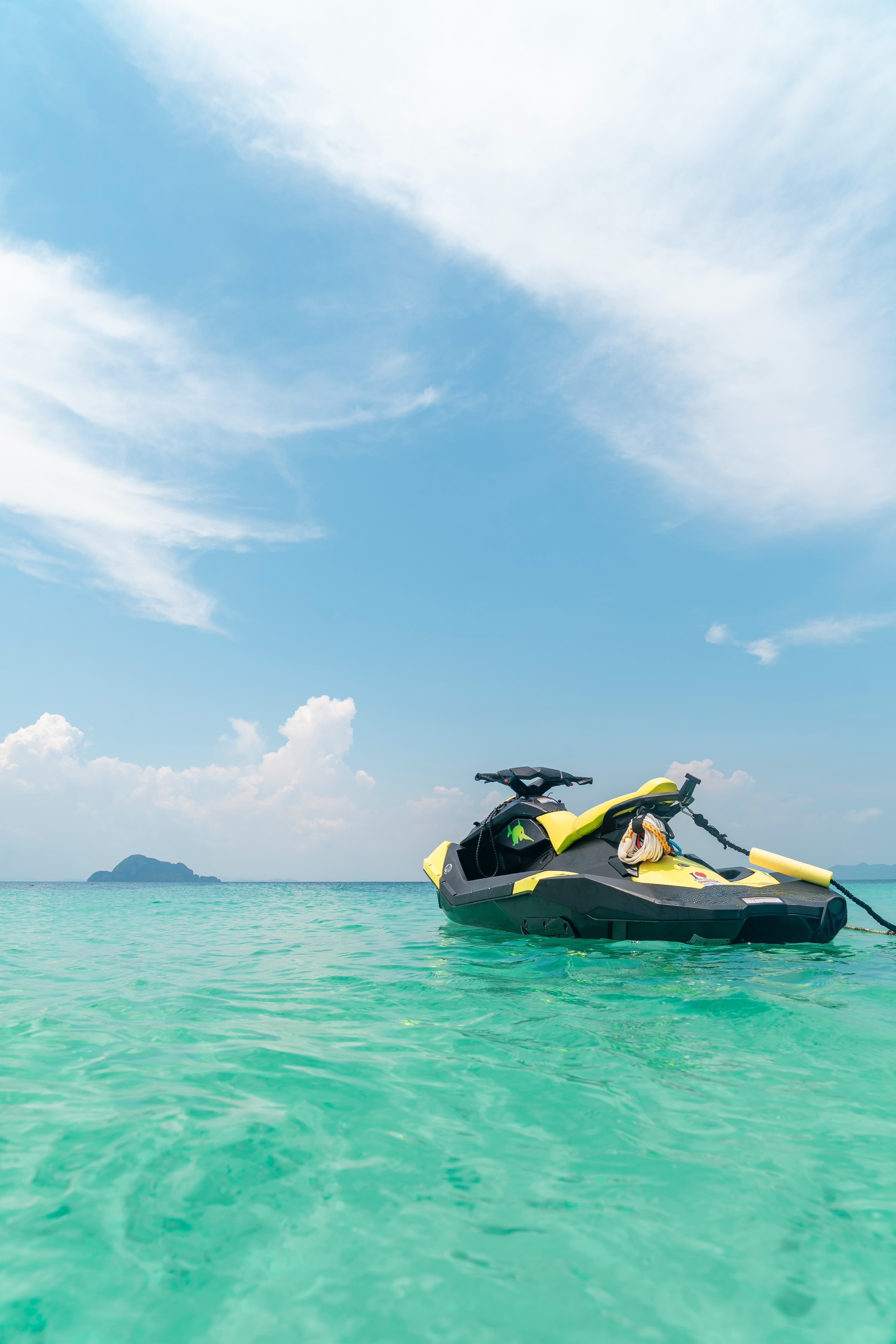Why Water Sports are a Must For Your Next Charter
Why Water Sports are a Must For Your Next Charter
The first key part in picking a yacht that’s well equipped for water sports is to pay attention to its tenders. Whilst size is not always key here, they do have to be powerful enough to tow some toys or larger individuals and fast enough at the start to get people out of the water. Asking your Ahoy Club account manager to look into this is always a good thing to do.
Once you’ve made sure the tenders are powerful enough, glancing over the equipment list is always interesting to see how often crew perform in this area whilst on charters. Keep in mind that even if something is not on the list, anything short of jet skis is typically easy to buy at insignificant costs ahead of the charter. Here are a few water toys that are worth looking into for this summer.
#1 SeaBobs
An instant hit, SeaBobs essentially let you become a dolphin when you’re in the water. Fully electric, Seabobs have various speeds depending on the model but can all dive up to 40 meters. A safety shuts down the engine normally at 2.5 meters to make sure you don’t go too deep without a scuba suit, however, that’s generally more than enough for the experience.
Whereas old models weighed 70kg and had to be lifted by 2 crew members back onto the swimming platforms, newer models still have the same speeds but just half of the weight making them more easy to use on yachts of smaller size. If a yacht’s equipment doesn’t have the m on board, these can typically be rented and cost around €7,500 to purchase, both of which your Ahoy Club team can help you with easily.
#2 Fly-Ride
Built by the same people that invented the FlyBoard a couple of years ago, the FlyRide is essentially a flying jet ski!
Same as with a Fly Board, this flying jet ski is connected to a jet ski by a long tube and pulls it behind as it goes forward. The faster you press the handles, the higher up you will go and even on your first try it is possible to fly up to several meters without any danger. Spins and tricks are more of an advanced category.
The Fly-Ride can be plugged into almost any jet-ski, but make sure they do have jet skis on board as this thing can’t fly without being attached to one.
#3 Towables
Contrary to popular belief, not all tables, doughnuts, bananas, and sofas are made equal. In fact, each model often has very real intricacies, which people typically tend to realise only as they fall off them. To make sure you get the optimum experience, get the most premium towables on the market from brands like Jobe, Conelly or AirHead. The difference is only typically $100-$150 but you’ll 100% feel it if you go for a sub-par towable based on the scratches from the fabric.
If you’re into extreme water-sports, tests have shown that by using larger towables like sofas or Jobe air streams and putting only 1 person on each at a time, it is possible to literally fly on their back for seconds at a time. You’ll never think about water sports t he same way again.
#4 Stand Up Jetskis
Whilst you’re likely familiar with typical jet skis, where 2-3 people can sit comfortably, stand-up jet skis are a different breed. Allowing you to make vastly sharper turns and jumps, stand-up jet skis are considered by some to be an actual sport. It takes about 15 m inutes on average for people to learn how to stand-up on a jet ski, however, if the sea’s not too rough, it shouldn’t be difficult.
Another advantage of a stand-up jet ski is that it can easily be added to a yacht’s toy list since it doesn’t take a lot of space to store, less than half the size of a regular jet ski.

